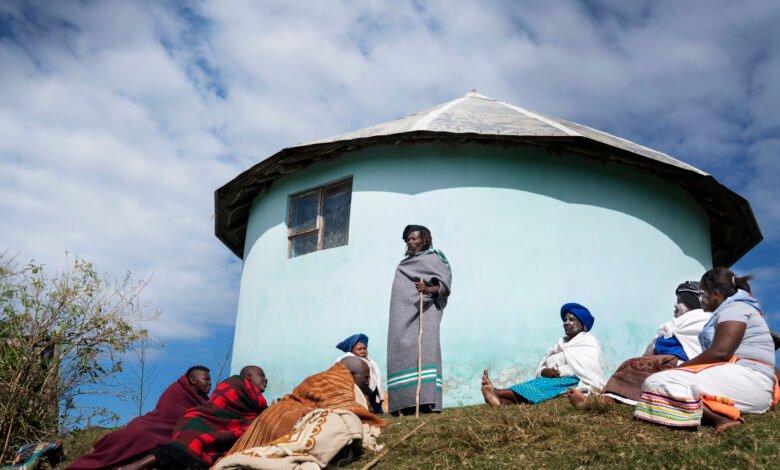Muzaffarnagar Shiv Chowk: Where Divinity Meets Daily Life

At the pulsing heart of Muzaffarnagar lies Shiv Chowk, a landmark that transcends its role as a traffic circle to embody the city’s spiritual fervor, historical legacy, and vibrant commerce. Named for the towering statue of Lord Shiva that anchors its center, this site draws equal streams of devotees seeking blessings and locals navigating their daily routines. More than just a junction, Shiv Chowk serves as a cultural compass—orienting visitors to the rhythms of a city celebrated as Uttar Pradesh’s “Sugar Bowl” and a crucible of communal harmony 17.
1. The Iconic Shiva Statue: A Divine Beacon
Dominating the chowk with serene majesty, the stone or metal sculpture of Lord Shiva (exact material unspecified in sources) stands as both a spiritual and navigational landmark. The idol’s scale and artistry command reverence, transforming the space into an open-air temple. Devotees pause for quick prayers while commuting, offering flowers or lighting incense before work—a testament to faith woven into urban life. The statue’s presence during festivals like Maha Shivratri amplifies its significance, drawing elaborate decorations and night-long vigils. This daily interplay of worship and workflow encapsulates Muzaffarnagar’s ethos, where tradition and modernity coexist seamlessly 78.
Table: Key Features of the Shiva Statue
| Aspect | Description | Significance |
|---|---|---|
| Location | Center of Shiv Chowk roundabout | Visible from all approach roads |
| Design | Towering depiction of Lord Shiva | Iconic visual identity of the city |
| Rituals | Morning/evening offerings by devotees | Spiritual pit-stop during daily routines |
| Festive Role | Focal point during Shivratri processions | Unites community in celebration |
2. The Commercial Epicenter: Markets and Motion
Surrounding the statue, a labyrinth of crowded markets radiates energy. Shiv Chowk is Muzaffarnagar’s commercial nucleus, hosting everything from textiles and electronics to sugarcane-based sweets (gur). The air thrums with haggling vendors, rickshaw horns, and the aroma of street food—especially the famed chaat stalls serving spicy aloo tikkis and dahi bhallas. By day, shoppers jostle for bargains; by night, families gather for socializing and snacks. This dynamism reflects the city’s agricultural-industrial identity: farmers sell jaggery beside shops hawking modern gadgets, symbolizing the region’s blend of heritage and progress 68.
3. Historical Echoes: From Mughal Roots to Modernity
Shiv Chowk’s location resonates with layers of history. Muzaffarnagar itself was founded in 1633 by Mughal commander Sayyid Muzaffar Khan, evolving from the ancient settlement of Sarwat. While the chowk isn’t a Mughal-era structure, it sits in a city shaped by empires—from the Mughals to the British, who made it a key administrative district. The 1857 rebellion echoes nearby at Augharnath Mandir, where freedom fighters plotted. Though Shiv Chowk emerged later as a modern urban node, it inherits this spirit of resilience. Its 20th-century development as a market hub parallels the city’s growth into western UP’s economic engine 18.
4. A Symbol of Unity: Where Faiths Converge
Notably, Shiv Chowk’s prominence in a religiously diverse city underscores Muzaffarnagar’s culture of coexistence. While the Shiva statue draws Hindu devotees, the city also hosts sites like Vahelna Jain Temple (4 km away), where a Jain temple, mosque, and Shiva shrine share walls—embodying harmony. Though the 2013 riots left scars, spaces like Shiv Chowk represent ongoing reconciliation. Daily, Muslim artisans sell wares near the statue, Sikh traders visit sweet shops, and Jain pilgrims pause en route to Vahelna. This interdependence makes the chowk a living metaphor for unity 812.
5. Culinary Crossroads: Tastes of the Terroir
No visit is complete without savoring Shiv Chowk’s gastronomic heritage. Food stalls cluster around the periphery, offering:
-
Jaggery-based treats: Gur ka halwa (fudge-like dessert) and gur ki roti (flatbread), celebrating Muzaffarnagar’s sugarcane bounty 6.
-
Savory snacks: Crispy kachoris and tangy chaat, best sampled at evening stalls near the statue.
-
Kheer: Creamy rice pudding sold in earthen pots at Kheer Bhandar, a legendary shop minutes from the chowk 68.
These flavors weave the region’s agricultural identity into everyday commerce, linking farmers’ fields to urban palates.
6. Beyond the Chowk: Gateway to Exploration
Shiv Chowk’s centrality makes it the perfect launchpad for broader discovery:
-
Spiritual circuits: Auto-rickshaws reach Sankirtan Bhawan (devotional music temple) in 10 minutes or Vahelna Jain Temple (with its 31-ft Parshvanath idol) in 15 812.
-
Historical sites: Shared taxis run to Shapir, a 17th-century Mughal tomb with sandstone artistry 8.
-
Natural escapes: Buses depart hourly for Shukratal (a Ganga ghat) or Bhopa Waterfall, ideal for monsoon visits 68.
FAQ: Navigating Shiv Chowk
Q: What’s the best time to visit?
A: October–March (winter) for pleasant weather (10°C–25°C), ideal for market exploration. Avoid April–June summers (up to 45°C) 68.
Q: How to reach Shiv Chowk?
A: 5 minutes from Muzaffarnagar Railway Station (trains from Delhi take ~2 hours). Buses from Delhi’s ISBT (3 hours) stop at the adjacent Roadways Bus Stand 612.
Q: Is it safe at night?
A: The chowk is lively until 9 PM but poorly lit. Daytime visits are recommended for solo travelers. Festive nights (Diwali/Holi) are vibrant and crowded 68.
Q: Nearby accommodation options?
A: Budget: Hotel Palasa (1 km). Mid-range: Hotel Radiant Inn (2 km). Luxury: The Velvista Hotel & Resort (7 km) 8.
Conclusion: The Soul of a City
Shiv Chowk is more than a crossroads—it’s Muzaffarnagar’s living chronicle. Here, the sacred and the secular merge: shopkeepers fold hands toward Shiva amid sales negotiations; the scent of incense blends with sizzling chaat; and histories of empires, agriculture, and resilience echo in every transaction. For travelers, it offers an unfiltered immersion into western UP’s spirit—a place where spirituality fuels commerce, diversity strengthens community, and a statue watched over by millennia becomes the compass for a city’s journey 178.



